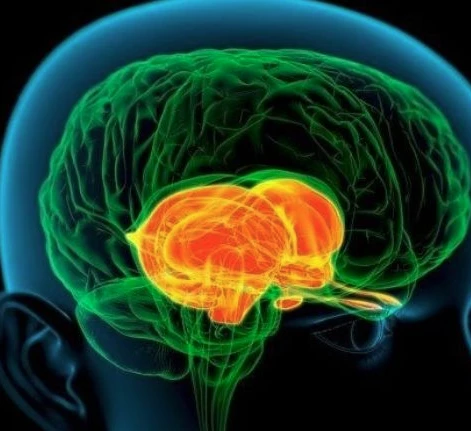The first successful study of RNA speed as a predictor of cell fate

The first successful study of RNA speed as a predictor of cell fate

Copyright © iCell Bioscience Inc, Shanghai 2018-2019
In a new study, researchers from Harvard Medical School and Karolinska Institute of the United States successfully captured cellular decision-making as a dynamic process for the first time. In the process, cells decide what to do and where to go. This method is a mathematical model that can be used to estimate RNA velocity, the rate at which RNA changes over time, which can be used as a predictor of cell fate on an hourly scale.

The ability to capture cellular intent can help scientists better analyze cellular functions and dysfunctions in complex tissues and organs. In addition, this may help to monitor the development of organs and how they respond to a given drug or therapy at the cellular level - these insights help to assess the efficacy of the treatment.
mRNA is a messenger molecule that carries genetic instructions embedded in DNA and translates these instructions into proteins in cells. Essentially, they carry instructions that tell the cell how much protein it needs to express. Estimate RNA speed - or the rate at which RNA changes over time.
These researchers measured tracers that are commonly considered "noise" -- markers that have been captured during standard single-cell analysis. These molecular markers provide clues to the cell's intent and past footprint. These markers appear in all stages of the RNA life cycle -- the process by which cells convert genetic instructions into functional proteins.
During this life cycle, cells contain a mixture of mRNAs at different stages - nascent mRNA precursors, mature mRNA, and fragmented cleavage mRNA.
These researchers speculate that each stage of the RNA life cycle has different molecular markers that provide clues to the future direction and ultimate fate of the cell. By distinguishing mRNA molecules at different stages of the life cycle, the past, present, and future states of a single cell will be captured.
In order to stay alive, the cells will never stop. At any given moment, cells up- or down-regulate hundreds or thousands of genes, a process characterized by different levels of mRNA expression.
Even when the cell does not attempt to change its trajectory or identity, it is in equilibrium, characterized by stable production of nascent mRNA and degradation of mature mRNA. This balancing action ensures that the cells maintain a constant amount of fully functional mRNA molecules to maintain their status. However, any change in directionâexcessive or too little nascent mRNA is removedâpredicts changes in cell behavior.
By measuring the proportion of mRNA at different stages, these researchers were able to predict the trajectory and final state of the cell - what cell type it was trying to become. For example, the brain is made up of several types of nerve cells, which come from a common progenitor cell. Ultimately, however, adult neurons that transmit neural signals have very different abilities and functions than glial cells -- the supporting cells that defend and nourish neurons.
In this process of cell differentiation, hundreds of genes are turned on or off depending on which type of adult cell the progenitor cell is trying to become. By analyzing the number of different mRNA markers produced by a progenitor during "mature", these researchers were able to determine where this cell went and what cell type it would become.
To validate the accuracy of this mathematical model, the researchers tested its predictive power by measuring cell markers in several data sets, which contained information about cells in mice and human tissues during maturation and differentiation. By analyzing the RNA of individual cells, such as progenitor cells from neurons in the human forebrain or precursor cells from mouse neuroendocrine cells, these researchers confirmed the prediction of the future state of these cells and the cell types they were trying to become. Accurately match.
In another set of experiments, these researchers measured the predictive accuracy of this mathematical model in the process of cells other than development. It accurately predicts the final state of mouse neurons that are activated when responding to light.
In another, more complex example, the researchers measured a group of differentiated cells obtained from the hippocampus of mice and measured RNA velocity as a predictor of cell fate. They used molecular markers to analyze the RNA velocities in more than 18,000 cells to determine the future direction of brain stem cells or intermediate progenitors and predict their ultimate fate. As such, this analysis confirms that the future predictions for these cells are exactly consistent with their final fate.
These researchers found that these RNA velocity patterns suggest that many seemingly similar cells found around the intersection of key decisions have moved in significantly different directions, indicating a different cell fate.
RNA speed details how neurons and other cells acquire their specific functions as the brain develops and matures. This new approach is expected to help reveal how the brain usually develops and to provide clues to problems in human brain development disorders such as schizophrenia and autism.
 Loading ....
Loading ....
